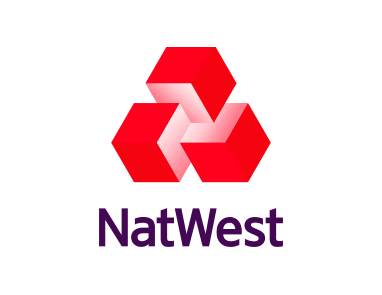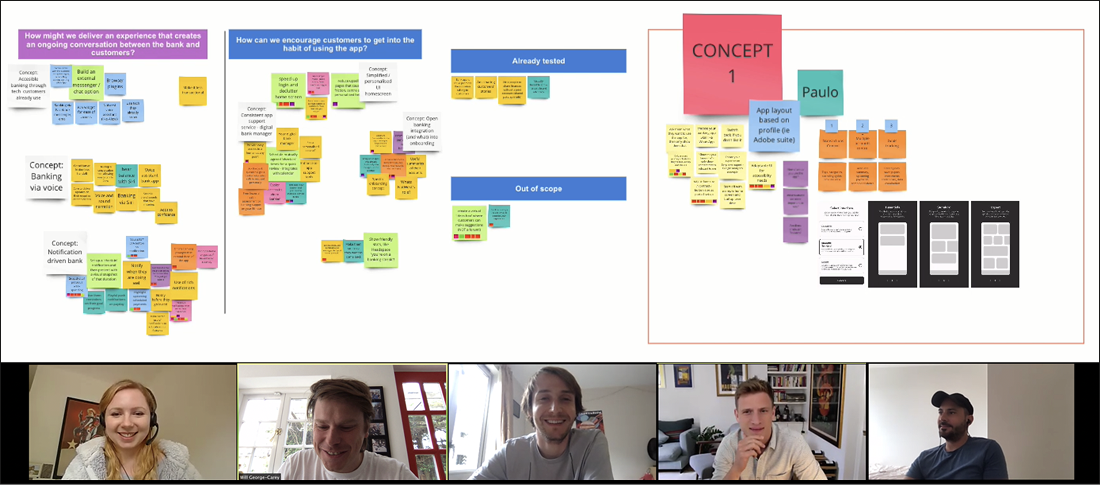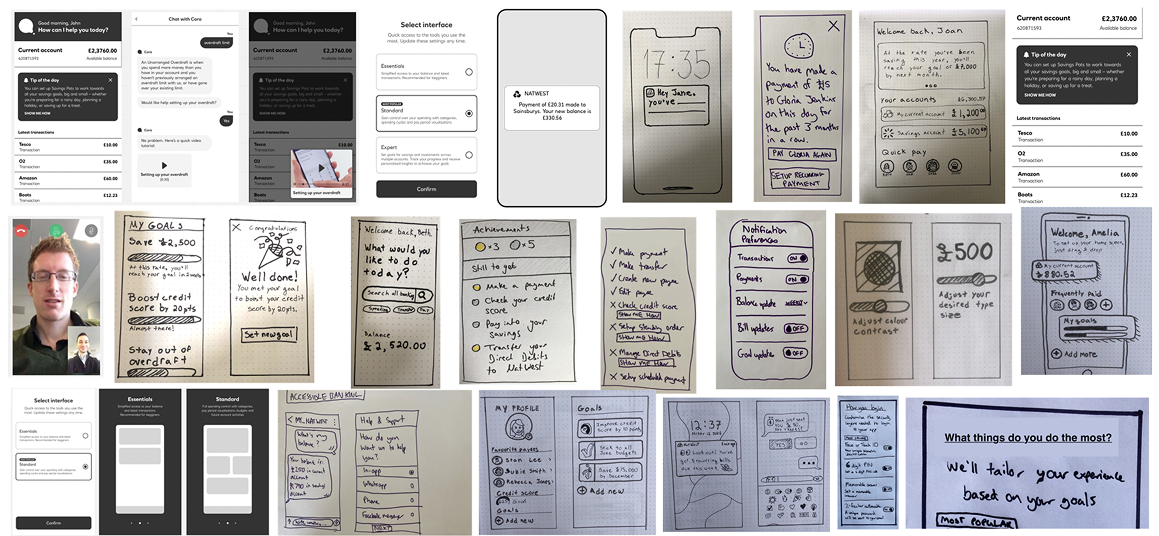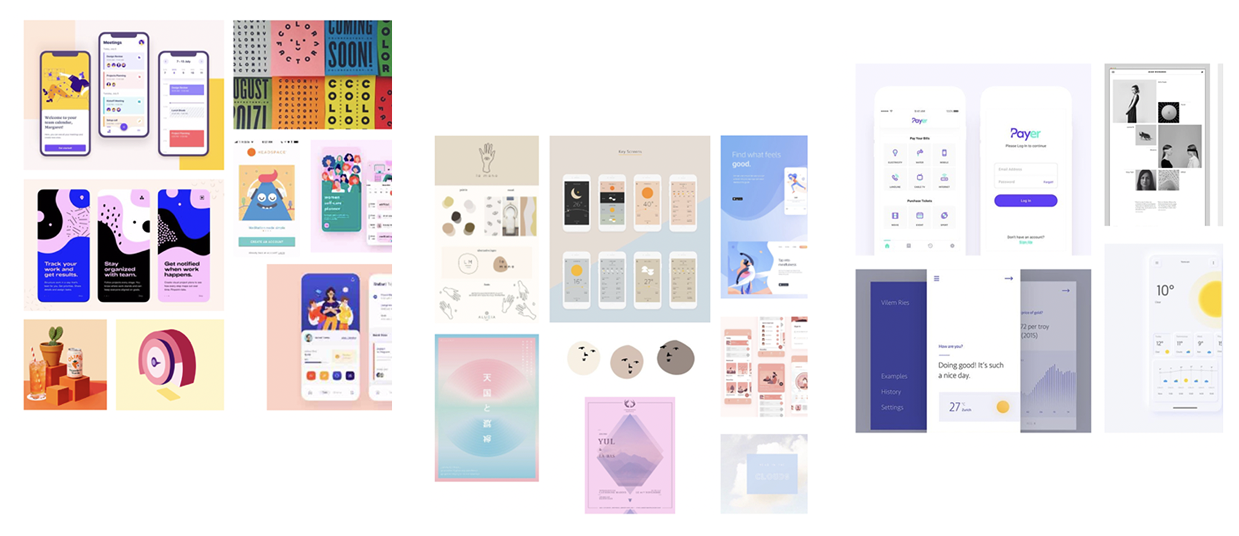Re-Imagine Onboarding
Uncovering customer pain points with onboarding during early stages of COVID-19
Client identified pain point
My clients had identified at a high level that there was a need to improve the onboarding of customers to the mobile banking app.
Creating our own brief
We wanted to show our clients a new way of creating briefs, by leading with research and using the results to determine the problems to solve.
The key strategy for this project was to ensure the reasons why some customers become dormant users within 30 days of using the app. This meant we needed to ensure we were speaking to the right types of people and that we were asking them the right questions.
The running of the project
Leading this project and operating entirely remotely, we divided up the tasks for the team members and setup regular team check-ins so we could as close as possible try to replicate the collaborative approach we would have normally adopted if we were together in the office.
We made sure the client was included regularly so they felt they were closely involved in the project, and this made it easier for us to get approval when the project was done.
Project structure
The project was divided up into 2 phases:
Phase 1 - Discovery
Understand the key user needs and pain points
Phase 2 - Concept Testing
Test creative concepts to address needs and solve pain points
Phase 1 - Discovery
We interviewed 48 customers across 4 rounds of research who were likely to become dormant. These were our key findings:
Customers face barriers at four stages between becoming a customer and using the app continuously:
Before downloading the app
While setting up the app
Using the app for the first time
Continued use
Customers don’t see the benefits of mobile banking over their preferred method of banking.
They’re concerned that smartphones and apps aren’t secure.
Most of all, they’re afraid of making mistakes.
Phase 2 - Concept testing
The results of the Discovery phase highlighted some very interesting problems along with some that we had expected.
As we were going to be testing concepts, the designs didn’t need to be high fidelity and I was able to concentrate on getting as many ideas visualised as I could.
Additionally, we created moodboards, soundboards and word-based stimuli to test with the participants.
We also tested some existing Natwest tutorial videos as well as experiences from other products to see how the participants responded to those.
Using our standard 2 week sprint length; the 1st week was used to create concept designs, then 2nd week for testing and iterating those concepts.
Sketches and low-fidelity screens
Moodboards and Soundboards
Word-based stimuli
The results
Using the discovery findings and the concept testing findings we created an experience map for each of the personas we’d identified.
Each experience map highlights the user problems these personas have and opportunities to solve them.
A number of these opportunities have since become briefs which has led to new project work for us.





